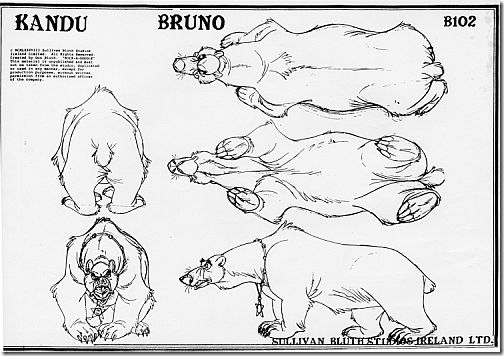
Bluth’s Un-Made Animated Features
Share
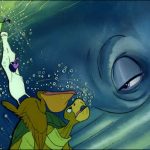
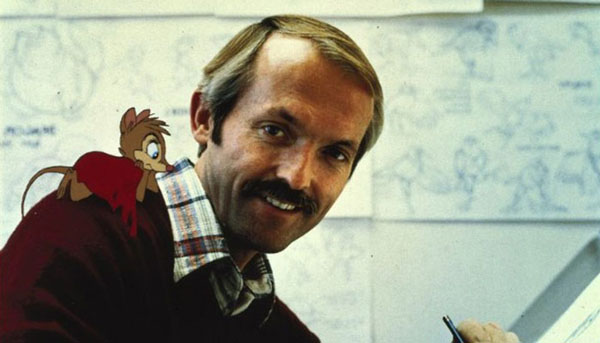
A Suspended Animation Special
The history of animation is littered with unmade animated feature films. Some of them got far enough in development that they were almost made while others merely exist as wishful publicity blurbs. Don Bluth has quite a lengthy list of unmade animated features and this column only covers some of them.
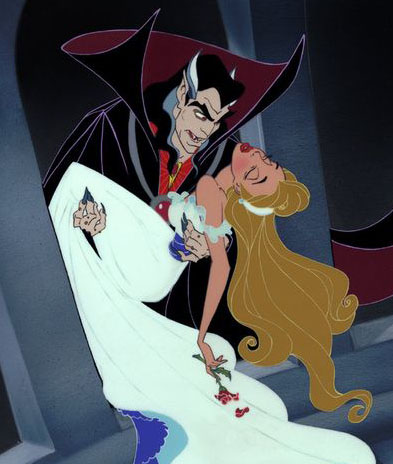
This cel set-up – created in the 1990s, by Australian Disney animator, comic book artist and doll designer Jozef Szekeres – imagines what a Bluth “Dracula” might have looked like.
The concept of doing an animated feature based on Bram Stoker’s novel Dracula has continued to intrigue filmmakers. As a follow-up to Titan A.E., Don Bluth and his crew toyed with the idea of doing Dracula. They spent several months developing it and were very excited about the possibilities but the lack of success of Titan A.E. resulted in the project being abandoned.
There was a script written by Joss Whedon, better known for his work on projects like Buffy the Vampire Slayer. Whedon had also worked on the script for Titan A.E. Bluth was looking to make the animated film a more adult approach than some of his previous work.
Don Bluth in 2009 stated about his unmade Dracula feature (planned to begin production for Fox): “Dracula was a very interesting project. It was shelved because of story problems. The first pass at the story played Dracula as the hero – a not too sympathetic one, you can imagine, since he went about the city biting people on the neck.
“We originally thought we could find some form of redemption in this infamous vampire, but we failed. I couldn’t help notice, however, that a vampire series called, Angel, appeared on TV shortly thereafter (1999) scripted by Joss Whedon. Wait a minute, Isn’t Joss Whedon the same writer that sat in on the story meetings hired by Fox to write the Dracula script? Well, I’ll be a monkey’s uncle.”
Robert Towne is a well-known screenwriter of such films as Shampoo and Chinatown. Don Bluth and company worked with him for about eight months in 1983/1984 on an original story entitled Little Blue Whale. Descriptions of the project referred to it as “an underwater Bambi”.
From several pages of notes by Towne, Bluth and his crew developed the story and the boards. They made an eight-minute animatic (with maybe 90 seconds of animation by Dan Kuenster) from the opening of the film depicting the birth of a whale from a baby whale’s perspective and the bonding with the mother.
Apparently, it was a fairly “adult oriented” film that didn’t talk down to children. Things started to fall apart when Towne wanted to write the final script himself. Unfortunately, he was too busy working on other projects including the long in development sequel to Chinatown entitled The Two Jakes to get around to writing the full script for the animated film. In the late 1980s, Bluth dropped the idea and gave the project fully back to Towne.
Right after All Dogs Go To Heaven, Bluth worked on another whale story based on a true story from Barrows, Alaska where a baby gray whale and its mother were trapped by early ice. It was tentatively called Kandu: A Song of the Ice Whale.
Another adult gray came back for them and got caught as well and the Russians and Americans joined together in a dramatic rescue costing millions of dollars to free these three giants. That project was also abandoned.
Prior to the start of An American Tail, the feature Satyrday began development. The studio bought the rights to the book by Stephen Bauer. It was a strange tale of the last human, living in a world of mysticism and darkness.
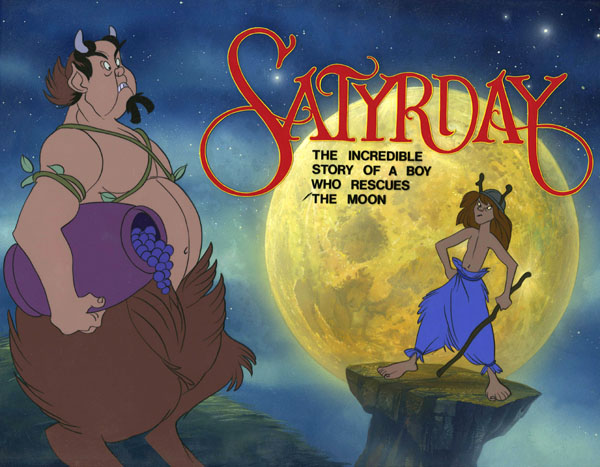
A giant owl steals the moon, which is depicted as a young girl in a glowing, glass sphere. He hopes to keep the world in darkness and thus rule it. The human character along with his Satyr friend and a beautiful werefox take a journey to rescue the moon and to discover the fate of the human race.
Bluth stated that most of the book would not transfer well, but he was fascinated by the relationship of the owl, the darkness and the boy. He once stated it was similar to the relationship of Shere Kahn and Mowgli from Disney’s The Jungle Book. With the start up of An American Tail, interest in this project faded and it was seldom mentioned again
 As early as 1984, Bluth was planning on tackling Beauty and the Beast which according to a blurb from 1990 was “a tender love story that says ‘a thing must be loved before it’s lovable’. We sprinkled this classic tale with a generous bit of terror, and a lot of love. From Nan, the clairvoyant dog, Max, a bird detective, and Otto, an escape artist lizard, to the King Bats, the Wee Beasties and Queen Livia, herself, the picture has something for everyone.”
As early as 1984, Bluth was planning on tackling Beauty and the Beast which according to a blurb from 1990 was “a tender love story that says ‘a thing must be loved before it’s lovable’. We sprinkled this classic tale with a generous bit of terror, and a lot of love. From Nan, the clairvoyant dog, Max, a bird detective, and Otto, an escape artist lizard, to the King Bats, the Wee Beasties and Queen Livia, herself, the picture has something for everyone.”
Working on An American Tail and Land Before Time delayed production on this interesting perspective on the timeless tale and when Disney announced their animated version, Bluth abandoned the project realizing he couldn’t beat Disney to the marketplace.
In the early 1980s, Bluth began work on an animated feature film entitled East of the Sun, West of the Moon based on the Norwegian folk tale. It was to be made after The Secret of NIMH. The youngest daughter of a peasant is forced to live with a polar bear who is really a prince cursed by his wicked stepmother. Upon discovering who he truly is, she sets off with him to find his stepmother’s castle east of the sun and west of the moon in order to break the curse.
Ultimately, the film was never made due to a loss of financial backing from Paramount, even though the film was heavily into production at the time of its cancellation.
With the announcement of Thumbelina, Bluth also stated his studio was developing a feature based on Hansel and Gretel. Other never made projects included a feature film version of the videogame Dragon’s Lair, the Velveteen Rabbit (for New Line Cinema in 1987 about a toy rabbit trying to become a real rabbit after his beloved human child owner is forced to abandon him), and Jawbreaker (another Paramount production).
Not to mention that when he obtained the rights to the Beatles songs, singer Michael Jackson approached Bluth with a movie idea called Strawberry Fields Forever.
 The film would have had animated Fantasia-style vignettes featuring Beatles songs, similar to Yellow Submarine. The Beatles denied use of their images and the project faded away.
The film would have had animated Fantasia-style vignettes featuring Beatles songs, similar to Yellow Submarine. The Beatles denied use of their images and the project faded away.
Before the crash of the video arcade games, Bluth pitched other ideas for animated games including The Sea Beast (Barnacle Bill the sailor tries to rescue a mermaid princess from a sea beast), Jason and the Golden Fleece, The Sorceress (protecting her island from temple robbers), and Devil’s Island (shipwrecked passenger tries to find treasure, rescue a jungle princess and more).
Of course, never made animated features are always wonderful in our imaginations because they never had to confront budget or technological limitations. For some, Bluth remains someone whose potential was never fully realized.

